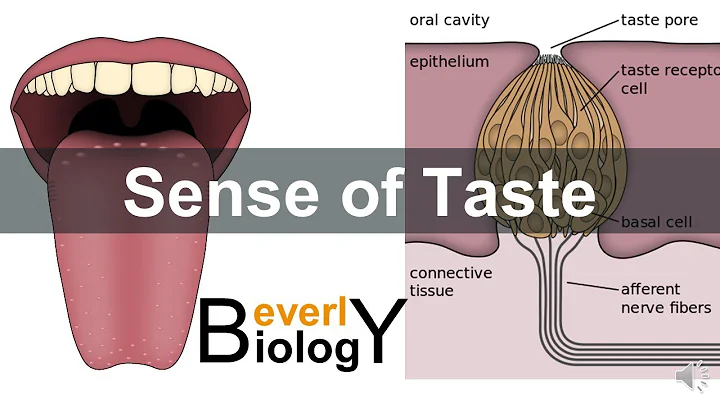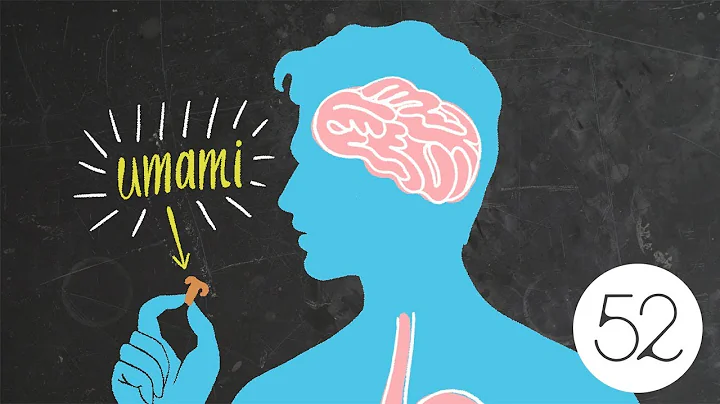When describing the taste of a Pu'er tea, in addition to describing the taste as bitter, astringent, sour, sweet, and umami, we often also use watery or soupy to describe it, such as soupy, watery, delicate and smooth.
In fact, the terms "tang feel" and "water-based" can basically be equated. So what is the soup feel of Pu'er tea, and what factors are these soup feels related to?
The soup feeling of Pu'er tea
The soup feeling of Pu'er tea refers to the various tactile sensations caused by the Pu'er tea soup in the mouth in addition to the taste and charm. It can be roughly divided into thick, thick, slippery, soft, sandy and thin. ,profit. The soup quality of Pu'er tea is often closely related to the quality and age of Pu'er tea. The first five are often the characteristics of high-quality Pu'er tea, and the last two are the characteristics of inferior Pu'er tea.

How do we feel the soup of Pu'er tea?
When drinking tea soup, don’t be in a hurry to slurp it into your stomach. You can gently turn it between your lips and tongue, let the tea soup flow throughout your mouth, and carefully appreciate the subtle feelings brought by the tea soup.
Thickness
It is what we often call stickiness. Tea soup with a stickiness feels chewy and chewy, while tea without stickiness is as bland and tasteless as drinking water. Water-soluble endoplasms such as soluble polysaccharides in Pu'er tea shape the viscosity of the tea soup, especially in some pectin-rich spring teas. We can intuitively and easily feel the viscosity when drinking old tea.
The viscosity is related to the amount of water-soluble substances and the storage time. Under proper storage conditions, the viscosity of good tea will significantly increase with the increase of storage time.
thick
is different from the long-lasting bitter and thick feeling left in the mouth and tongue after drinking tea. The thickness of the soup actually refers to a thick and evenly distributed, firm and full texture, which is different from the thickness of the tea soup. There is no direct relationship, but it is a reflection of the quality of Pu'er tea.

slippery
The entrance of the tea soup is soft and smooth, entering the throat like silk, which is a major feature of high-quality Pu'er tea. Often cooked tea is significantly higher than raw tea . The smoothness of Pu'er tea becomes better with the longer the aging time. When the slipperiness reaches a certain level, it will reach the level of "melting" - it melts in the mouth and is difficult to find without decades of carving. The "transformation" of raw tea is more textured than that of cooked tea, but raw tea also needs to be aged for a long time to reach the state of transformation.
soft
The tea soup is delicate and soft, with a very soft feeling, such as tender tofu , soft to the tongue, tender to the throat, and smooth at the corners of the mouth. Gives a gentle and soothing feeling. Usually the more delicate the raw materials are, the more obvious the softness of the Pu'er tea soup will be.
sand
is commonly found in aged Pu’er ripe tea tea soup. There will be a thick, gritty feeling in the mouth, like drinking a bowl of red bean soup , which is related to the storage time. The longer the time, the stronger the gritty feeling.
thin
The tea soup lacks a sense of thickness when it is drunk in the mouth, and the soup is light and thin. This is the taste exhibited by inferior Pu'er tea.

利
利丝is too thin, hard to enter, and even the uncomfortable feeling of a sharp edge in the mouth. This is often caused by insufficient tea quality and improper process and storage. It is common in some platform tea, rainwater tea or high-quality tea with insufficient tea quality. Pu'er tea has a lower taste.
The consistency, thickness, smoothness, softness, sandiness, thinness and taste of the soup are basically linked to the quality of the tea. Only by experiencing it can you know whether a tea is good or bad. All these drinking experiences will eventually form your taste. Taste bud memory builds your tasting ability. It can be said that there is no shortcut to enhancing your tasting ability. It all depends on the collection of teas.
Therefore, we should cherish every opportunity to drink tea, taste more and feel more when tasting, and feel the texture of tea soup from multiple dimensions. Over time, we will gain something and eventually form our own unique tasting logic





















